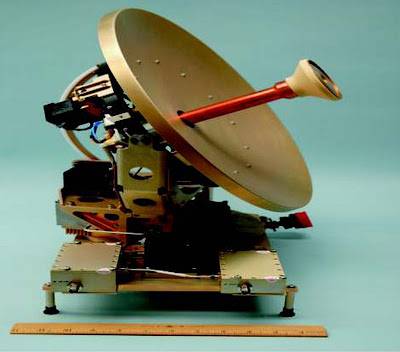I didn't say you were wrong, I merely highlighted an exception. You are right about the E-2D being an enhanced design but all things considered the designers choose to retain mechanical rotation despite the added weight, cost and maintenance overhead - why? Considering 360 deg coverage isnt the triangular antennae à la Phalcon a better choice? Well for one thing, Im not sure the smaller airframe can support a triangular antennae when you consider the additional cooling and processing hardware needed to support two additional array.
Imo it was simply a cost factor, developing and integrating an new dome for the E-2 would have cost way more, than simply upgrading the older dome to AESA.
Regarding the triangular antenna on smaller aircrafts, I am not an expert in this, Sukhoi is developing an UAV with such an antenna, so it should be possible:
Sukhoi Company (JSC) - Airplanes - Projects - UAV
And yes, the Osprey AWACS is just a concept, the attenuation caused by the large propellers makes the Osprey an unlikely choice for future AWACS. I think with advancements in solid state electronics and with smaller, cheaper and more powerful COTS the F-22 could easily be the AWACS platform of the future.
Can you explain the problem with V22 as a platform a bit more, because imo India would be a perfect development partner for Boeing for the AWACS version. It is the only platform that could be fielded on the IN STOBAR carriers, as well as on future CATOBAR carriers and offers a comparable performance as the E-2.
E-2:
# Maximum speed: 375 mph (604 km/h)
# Range: 1,605 mi (2,583 km)
# Service ceiling: 30,800 ft (9,300 m)
V 22:
# Maximum speed: 250 knots (460 km/h, 290 mph) at sea level / 305 kn (565 km/h; 351 mph) at 15,000 ft (4,600 m)[113]
# Range: 879 nmi (1,011 mi, 1,627 km)
# Ferry range: 1,940 nmi (with auxiliary internal fuel tanks)
# Service ceiling: 26,000 ft (7,925 m)
With possibly 3 - 5 carriers (2-3 aircrafts per carrier), IN could be the biggest operator behind the USN for such aircrafts.







